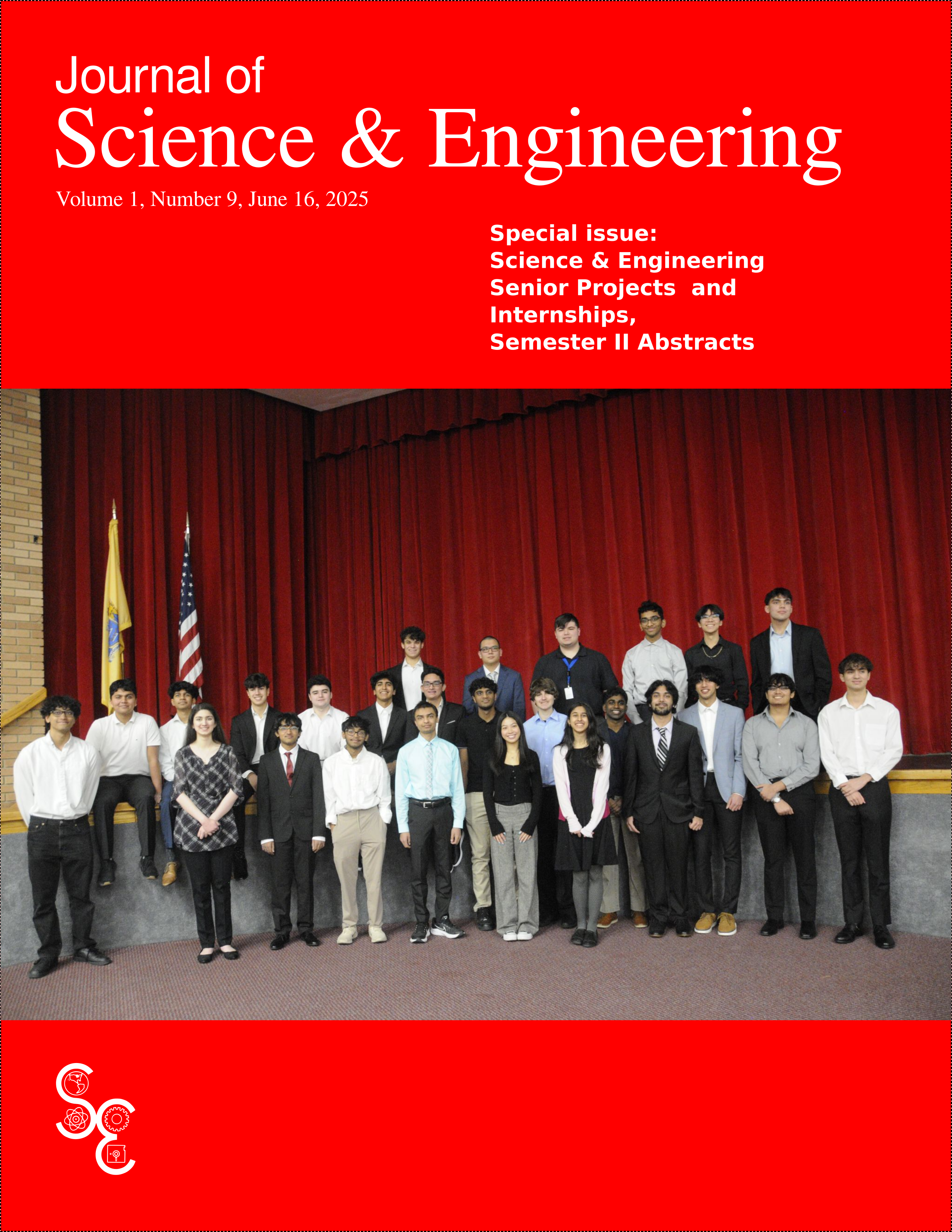Neurotrace: a brain visualization learning tool
Keywords:
brain, learning, heart rate variability, visualizationAbstract
This project focuses on visualizing physiological stress using heart rate variability (HRV) data and mapping it to a 3D model of the human brain. HRV, a measurement of the variation in time between heartbeats, is a known biomarker of stress and autonomic nervous system activity. Lower HRV typically corresponds to higher stress levels, while higher HRV indicates lower stress. The project began by exporting HRV data from the Apple Health app in XML format. Using Python (with libraries such as xml.etree.ElementTree, pandas, and seaborn) it was possible to convert, label, and plot the data over time. Each data point was categorized into high, moderate, or low stress based on standard HRV thresholds.
Although real-time interaction is not yet implemented, the current version establishes a foundation for integrating HRV data into a responsive, browser-based 3D visualization. This tool could eventually be used to demonstrate how physiological stress manifests in the brain using color and animation. The final goal is to create a platform that accepts HRV data from any user and visually represents their stress level in real time.
Downloads
Published
Issue
Section
License
Copyright (c) 2025 Journal of Science & Engineering

This work is licensed under a Creative Commons Attribution-NonCommercial 4.0 International License.





